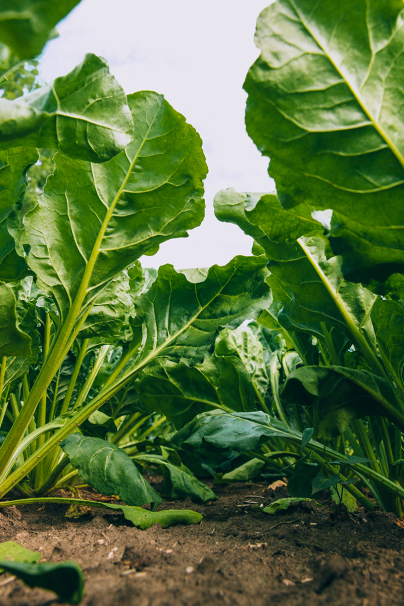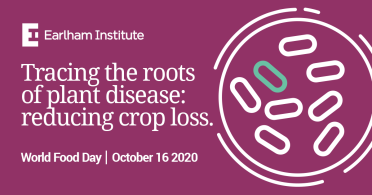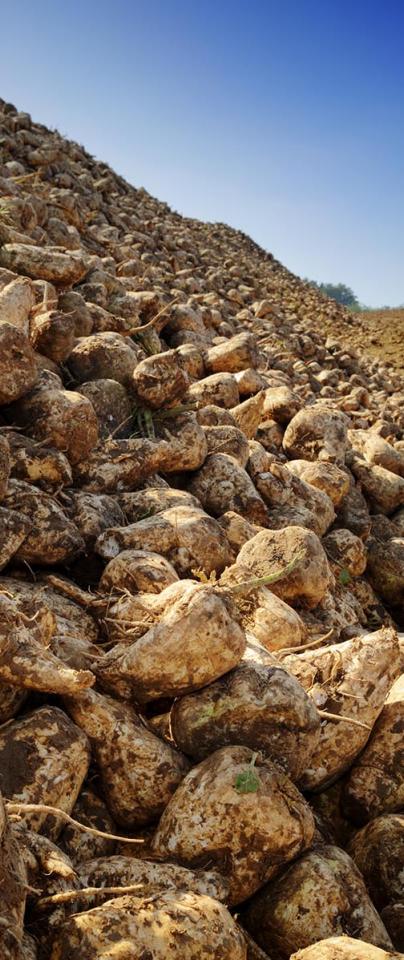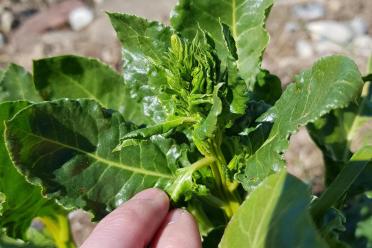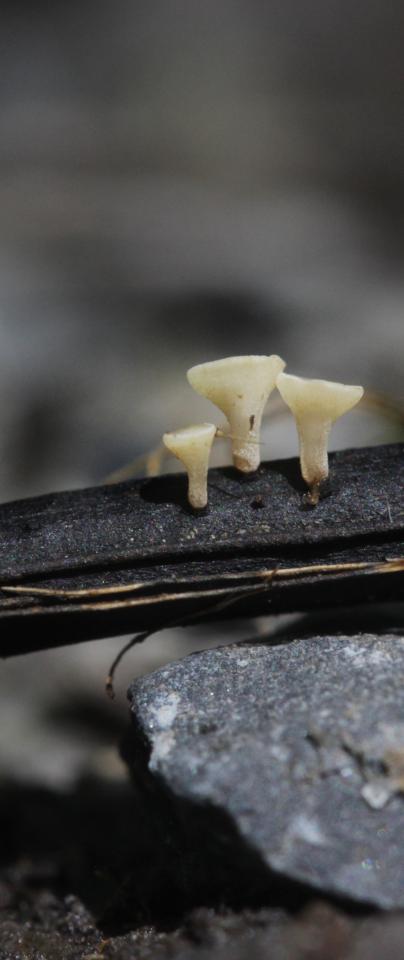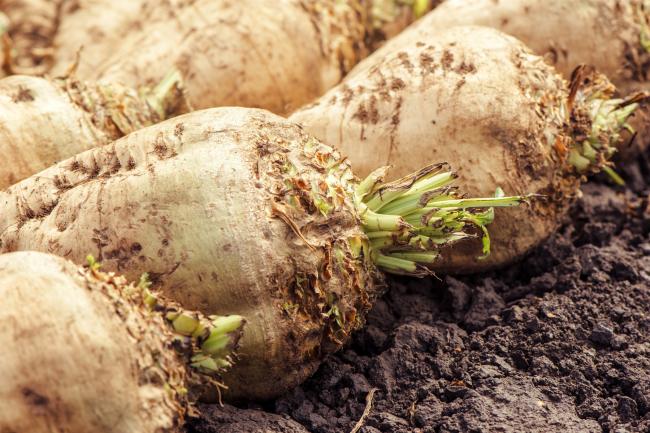“It’s a great model to study host-pathogen interactions,” says Yvanne. “Sugar beet has a close ancestor - sea beet - and both share the same pathogens. This is a great system to study the evolution of pathogens between sugar beet crops and wild sea beet ancestors.”
You’re likely to find sea beet along any coastline from Europe to North Africa and South Asia - but you’d be forgiven for wondering how someone looked at it and thought: that would make good sugar.
“It was only around four hundred years ago that they started to cultivate sea beet in Poland,” explains Grey. “It’s one of the youngest cultivated crops.”
That cultivated sea beet became sugar beet - and other widely cultivated crops including beetroot and Swiss chard. Its youthfulness, to scientists, is its usefulness.
“It’s about exploring how plant pathogens become so well adapted to their agricultural host,” Grey continues. “If we can understand what’s going on in the wild, versus agriculture, maybe we can predict what the agricultural pathogen is going to do next. Maybe we can give farmers a better chance of controlling that.”
One of those pathogens is the fungus Uromyces beticola (also U. betae), or beet rust, which poses a significant threat to sugar beet production. In a bad year, beet rust can cause crop losses approaching 15% of potential yield. Yvanne is investigating how beets - both domesticated and wild - fare in the face of this pathogen threat.
“You can find rust on sugar beet and sea beet,” says Yvanne, who is looking at this relationship initially from the point of view of the plant. “But the sea beet is thought to be more resistant to this fungus, because it’s more genetically diverse. It’s a good system to try to find genes that confer resistance to this fungus.”
